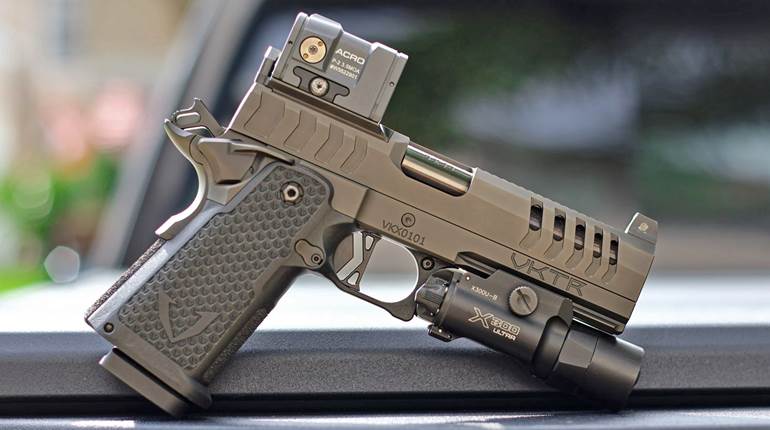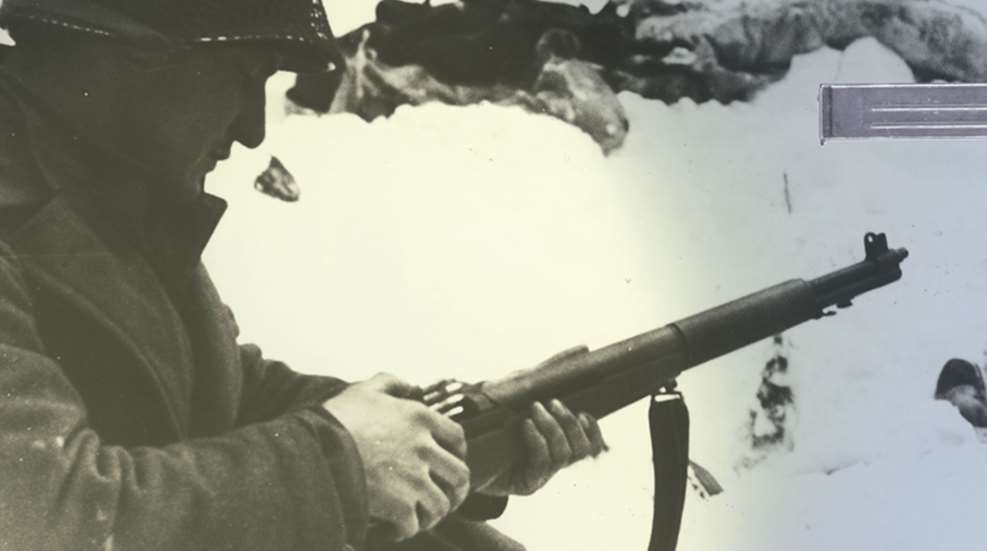
Fully 80 years after the gun called by the U.S. Army Ordnance Department the “U.S. Semi-Automatic Rifle, Caliber .30, M1” was adopted, the Garand rifle still continues to have a place with American shooters and collectors. It is a special place, one reverently reserved for not just a rifle but for a generation of Americans who did no less than save the world from Axis oppression and face down the evil of Communist aggression.
The guns are still used on the range today. The Civilian Marksmanship Program runs its Garand Match. And, when you look at the service rifle class of NRA Highpower Rifle both on range at Camp Perry and at local clubs, you still see M1 rifles. They tend to be pretty accurate—and can be made more so--and more than that, they are simply fun to shoot.
But M1s are more than just mere rifles. They are a tie to the “Greatest Generation” and to those who defeated Nazism and Imperial Japan, men who stood ready to turn back Stalin, Krushev and all those that would see the world enslaved under the yoke of communism.
M1 rifles represent the peak of the American century. Because when the M1 rifle was issued to G.I.s, sailors and Marines, America was ascendant. To borrow from a popular campaign slogan these days, there was no need to make America great again. America was great. And that spark is still there. I think through the Parkerized steel and linseed-oil-impregnated walnut, there is a touchstone element to the M1 rifle, between a past we can proud of and a future we can aspire to.
When an M1 is taken one to the range today, it saddens me that there is not likely to be gray-haired man who helpfully comes over to explain how to avoid the dreaded “M1 thumb” he received when Franklin Roosevelt was president. There's no story about the first time he got it at Parris Island in 1942 or Fort Indiantown Gap in 1943.
Now, when you hear the bark of an M1 on the range followed eventually by the “ping,” remember those men. It is unlikely that a man who carried an M1 in France on June 6, 1944, or on Tarawa’s Betio Island on Nov. 20, 1943, probably won’t be there to helpfully instruct you on how the rifle should be fired properly.
About a decade ago such a gentleman, whose name he never gave beyond “Jim”—but whose face I will always remember--came over to my bench at a public range. He was sighting in his deer rifle a couple positions over, but then heard the “ping” and came over to me. I looked up and he was at my shoulder. He told me he had been a rifleman in the 115th Infantry, a replacement for man whose life was lost on D-Day. He had not shot an M1 rifle since 1945. I gladly offered up my last two eight-round en bloc clips of Lake City—all I had. And as that man that in the 70s got down behind on the bench behind my gun-show Garand, he was again a 19-year-old rifleman. It all came back to him. It is my deep regret that most young men will never understand what I saw and felt at that moment.
But there are many still with us who were issued an M1 while in uniform during the Korean War and the Cold War. And, yes, even those who served in World War II, though their numbers dwindle daily. When you take your M1 to the range, save the last clip for him. He gave you a world better than he found it, gave up part of his youth for your liberty, it is the least you can do.












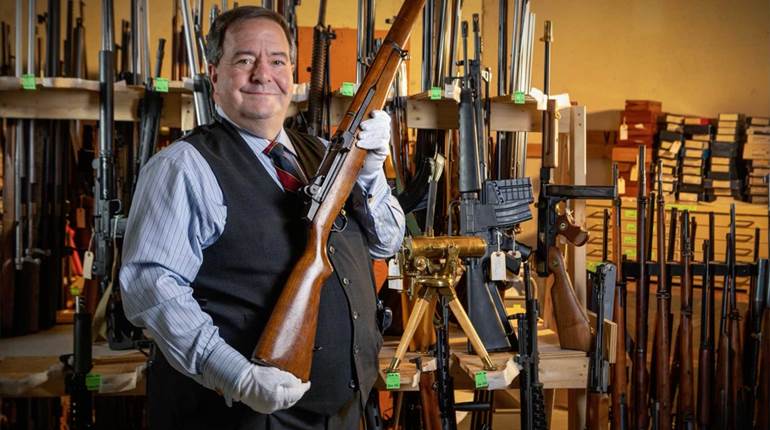
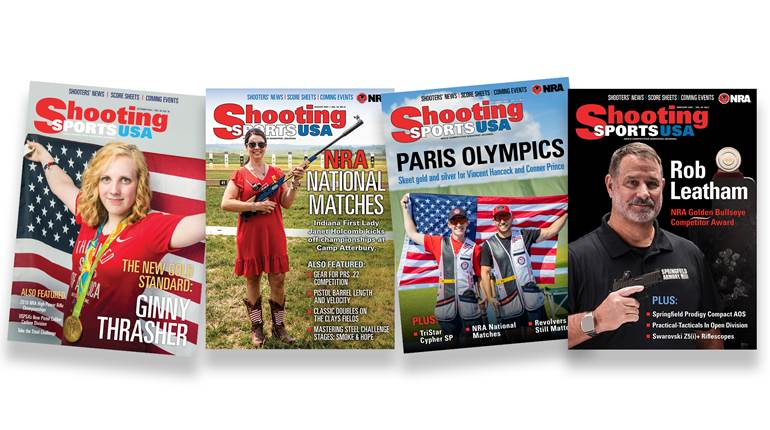
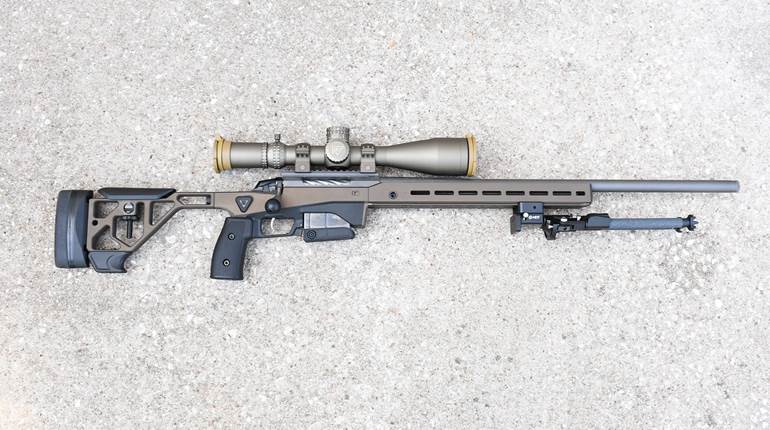
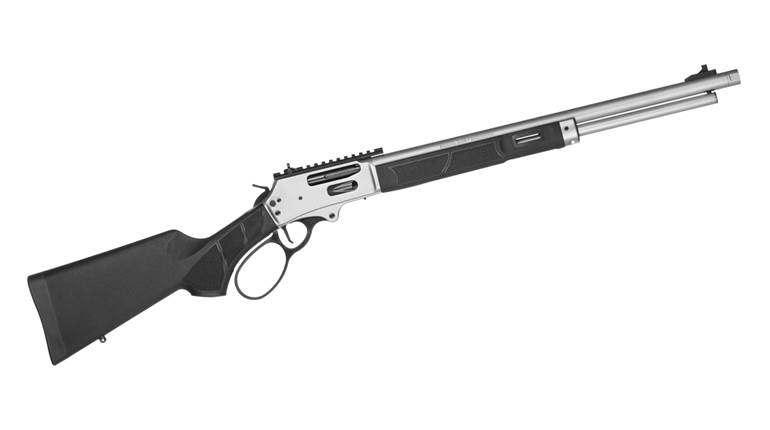







![Winchester Comm[94]](/media/1mleusmd/winchester-comm-94.jpg?anchor=center&mode=crop&width=770&height=430&rnd=134090756537800000&quality=60)
![Winchester Comm[94]](/media/1mleusmd/winchester-comm-94.jpg?anchor=center&mode=crop&width=150&height=150&rnd=134090756537800000&quality=60)







